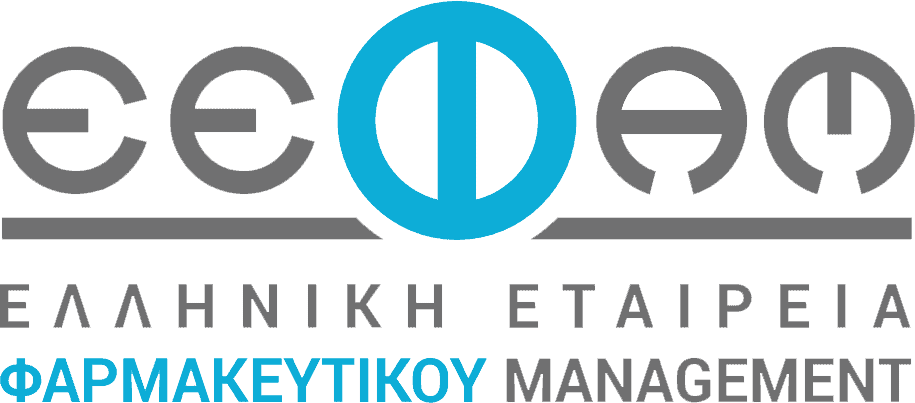Blog
Blog
The obsession advantage in transformation

Chaos. There’s no other word for what most companies—and their leaders—have been through over the past few years. First, we experienced a once-in-a-century pandemic. Then came a global economic crash, followed by a sudden rebound in consumer demand. Next, an uber-competitive hiring war emerged. Now, we have geopolitical conflict, soaring inflation, and rising interest rates. Amid this historic turbulence, many business leaders understandably just want to get back to the familiar—to where they were before the chaos.
But I think that’s absolutely the wrong mindset for volatile times, and it almost always leads to the wrong approach—delaying decisions, cutting fat, hunkering down, and hoping to weather the storm. It’s a recipe for inertia.
Top companies, meanwhile, are already running fast in the other direction. Instead of trying to re-create the years before the pandemic, they’re building on the enhanced digital capabilities, greater work flexibility, and other improvements they’ve made since 2020—when the crisis compressed years of progress into mere months. These leaders recognize that transformation investments remain critical to any business, and they plan to emerge from these volatile times armed with new business models and revenue streams. In short, they plan to continue winning through transformation, and they are laser-focused about how they will do it. You might even say they’re “outcomes obsessed.”
What the winners do
PwC recently surveyed more than 2,000 business leaders to identify differentiators that elevate top companies above others—quantifying the effect of 40 areas of management practice and company investment. Through this process, we found that the top 20% of companies captured a “performance premium”—the combined effect of profit margin and revenue growth in industry-adjusted terms—that was more than 13 times that of their competitors. Rather than panic, freeze, or shift into reverse, these companies made proactive investments in their business, operating, and technology models that drove performance outcomes in areas such as innovation, speed to market, and flexibility.
What you should do
As the PwC research suggests, joining these top performers requires your company to do things differently. But it may also require a shift for you as a leader. Transformations fail for many reasons, and leadership is often one of them—particularly if shortcomings in this area prevent you from recognizing and acting on threats and opportunities during uncertain times. Successful leaders, by contrast, understand the need for ongoing, top-to-bottom, and end-to-end transformation—and focus their efforts appropriately. What kind of leader are you? The following six questions can help you assess where you stand.
Am I a transformational leader?
I’ve always found that bosses instill fear and build barriers, while leaders facilitate collaboration, camaraderie, and conviction. In a market downturn or other crisis, these traits only become more apparent. But no leader can go it alone. Your success depends on trusted lieutenants who can translate vision into action, create value for customers, and keep employees engaged, happy, and productive. Are you taking time to invest in relationships and to ensure your people have what they need to be successful—both personally and professionally?
Bosses instill fear and build barriers, while leaders facilitate collaboration, camaraderie, and conviction.
Starting down this path can be tough if you’ve been operating the same way for a while, and it might require a reset. I remember one senior executive who was struggling with a major back-office transformation, in part because his management style tended to stifle constructive debate. This, in turn, limited his team’s ability to be creative—and even execute. To his credit, he realized he had a problem and confronted it, speaking candidly to his workstream leaders about the issue and committing himself to listen to their views more closely. His example set a new tone for the transformation and, over time, for the company as well.
Do I demand—and expand—ROI?
Too often, these three powerful letters get overlooked—including, ironically enough, during a crisis. How? During a downturn, companies are under pressure to think about everything they do and each source of value. Every stone must be overturned. This urgency tends to make leaders think they need to pull back on everything, when in reality, they only need to pull back on investments that don’t deliver ROI.
But that’s not all. Remember, your goal is to prune the tree so it can thrive—not just to go around sawing off branches. Any cuts must set up individuals, teams, and departments for long-term success, despite the short-term pain. One way I’ve seen successful leaders do this is by taking the choices they are considering (both cutting investments and expanding them) and mapping them out in terms of their expected financial and nonfinancial impact. This can be as simple as a “two by two” matrix, with financial impact on one axis and nonfinancial impact on the other. Be sure to include the four groups that matter most: your employees, customers, shareholders, and the communities in which you operate.
Every leader will prioritize these groups differently, and that’s fine—just be sure to account for all four. Armed with this more expansive view of ROI, you’ll be far more likely to anticipate the implications of your choices—and take smart, preventive actions that improve the odds of keeping stakeholders on your side while ensuring the transformation succeeds.
Am I focused on M&A and other deal opportunities?
When recession fears increase, companies try to mitigate risk, maintain the status quo, and batten down the hatches. But the clock is ticking. PwC’s latest Annual Global CEO Survey found that nearly 40% of CEOs said their company, on its current path, will no longer be economically viable in ten years. Forward-looking companies know that they can make investments and acquisitions at steep discounts during downturns. Pullbacks create gaps in the market where competitors can gain market share, and possibilities open up for organizations to find startups and companies that can provide them with future revenue streams, talent, and even new business models.
Do I prioritize customer relationships?
During tough times, it’s easy to look at customers as a means to an end—a way to drive revenue and help your bottom line. But that’s a terrible approach; your customer also is going through the same difficult times, and this is your chance to support them. Obsess about their pain points and learn how you can be there for them. Work from my PwC colleagues has shown that when companies wire a deep understanding of customers into their business models, operations, and decision-making, they not only increase value for customers, but gain insights that help to further differentiate the business.
Am I looking and listening?
How often do you find inspiration and ideas beyond your industry? The most transformation-ready leaders look to other innovative approaches to gain new perspectives. Whether this is through conversations with executives in different industries, speaking with sports coaches or sociologists, reading and researching relevant case studies, or speaking one-to- one with more junior employees at your own company, gaining a new perspective can often lead to powerful inspiration. Don’t wait for these views to come to you, either. Work your personal and professional network, and seek them out—and then make time for the resulting conversations. After all, you may be helping others, too, by sharing your own experiences.
Other great sources of insights are leaders who have been through transformations themselves. The process can be hugely challenging for people, and if you’re leading it, you’re likely hitting nerves all over the company. And if you’re not, you might not be aiming high enough. Who better than another transformation leader to help you think through, for example, the approaches to working with your board, or how to access the talent you need, or how—and when—to make tough calls about people? I’ve seen informal networks help leaders work through these and other challenges and can attest to their power.
Am I obsessed with getting the right outcomes?
It may sound a bit extreme, but we’ve all seen it; the best leaders exude focus—and it shows in their transformation efforts. Top-performing companies look beyond functional excellence, and instead aim for enterprise-level reinvention that extends across the company’s business, operating, and technology models. You should too. These transformations enable you to strengthen ecosystems, close capability gaps, and better chart your future revenue streams. This is mission-critical work for any business, and the executives who win at it approach the task with focus.
How much focus? In the recent PwC survey, respondents at top-performing companies were 33% more likely than others to say their company “only focuses on the distinctive activities that drive performance.” Or in other words: good things happen when you bring strong leadership—and even a little obsessiveness—to the important task of transformation.
Tom Puthiyamadam is the transformation consulting solutions leader. Based in New York, he is a principal with PwC US.






